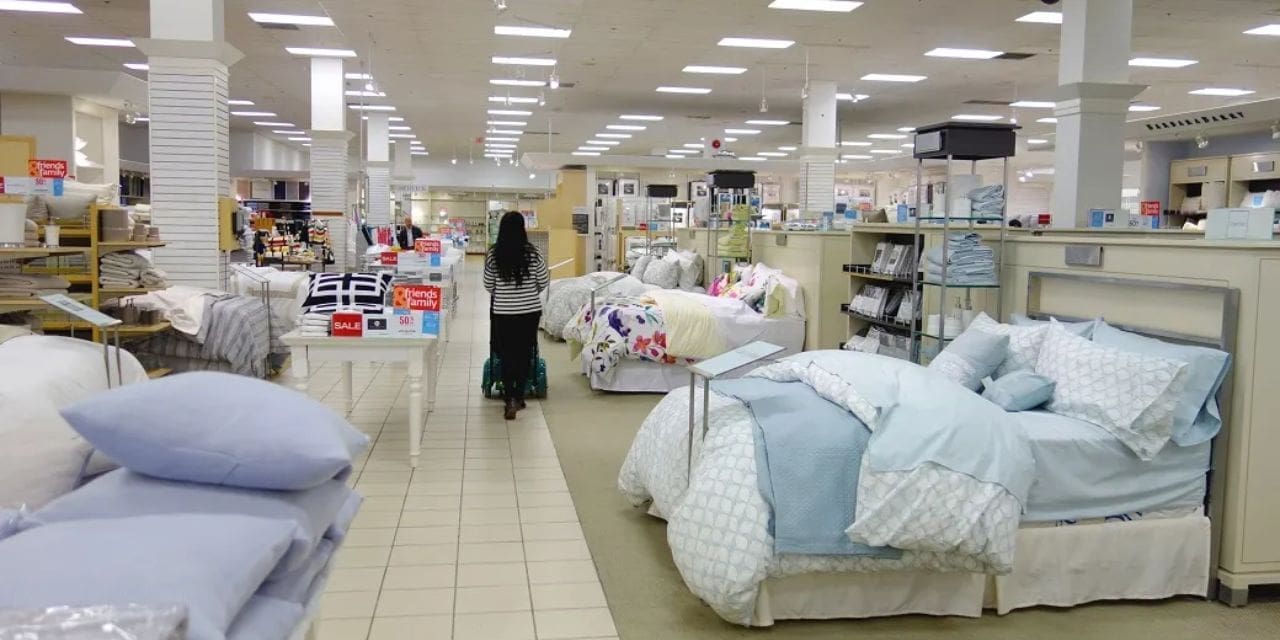INSIGHTS
- Made-ups, which accounted for 27.89% of all imports and had a value of $1.794 billion in 2022, were the most popular home textile in Germany.
- In spite of a tendency towards decline since 2020, made-ups continued to rule the $6.433 billion domestic textile import industry.
- Turkiye was the second-largest provider behind China, which accounted for 27.15 percent of all imports.
In 2022, made-ups accounted for the majority of Germany’s textile imports. Home textile imports amounted to $6.433at $6.433 billion. The imports of made-ups from it were valued at $1.794 billion over the time period under consideration. About 27.89% of the total were made-up, or made-up shares.
According to trade data, made-up imports have been steadily declining since 2020, when they peaked as a result of an increase in the total importation of home textiles. From $1.264 billion in 2019, the import of made-ups increased by 565.62 percent to $8.417 billion in 2020. Nevertheless, the amount decreased to $2.839 billion in 2021 and then to 1.794 billion in 2022. TexPro, a market analysis tool, reported that made-ups accounted for the majority of imported home textiles despite the downward trend.
The imports of beds, among other home textile items, were valued at $1.549 billion, or 24.08 percent of all imports. According to TexPro, the inbound shipment of windows was worth $750.471 million (11.66%), floors were worth $710111 million (11.04%), bathrooms and kitchens were worth $493.103 million (7.66%), sacks and bags were worth $357.477 million (5.56%), camping was worth $357.394 million (5.55%), furnishing articles were worth $222.412 million (3.46%), and tables were worth $106.835 million (1.6%).
From $5.487 billion in 2019 to a peak of $12.715 billion in 2020, Germany imported the most home textiles. In 2021 and 2022, it decreased to $7.845 billion and $6.433 billion, respectively. China was the world’s biggest exporter of textiles for the home. In 2022, Germany imported $1.746 billion worth of home textiles from China, or 27.15 percent of all imports that year. Turkiye had a 10.49% share of the top five suppliers, followed by Poland (8.80%), the Netherlands (8.73%), and Pakistan (8.02%) of the total.

